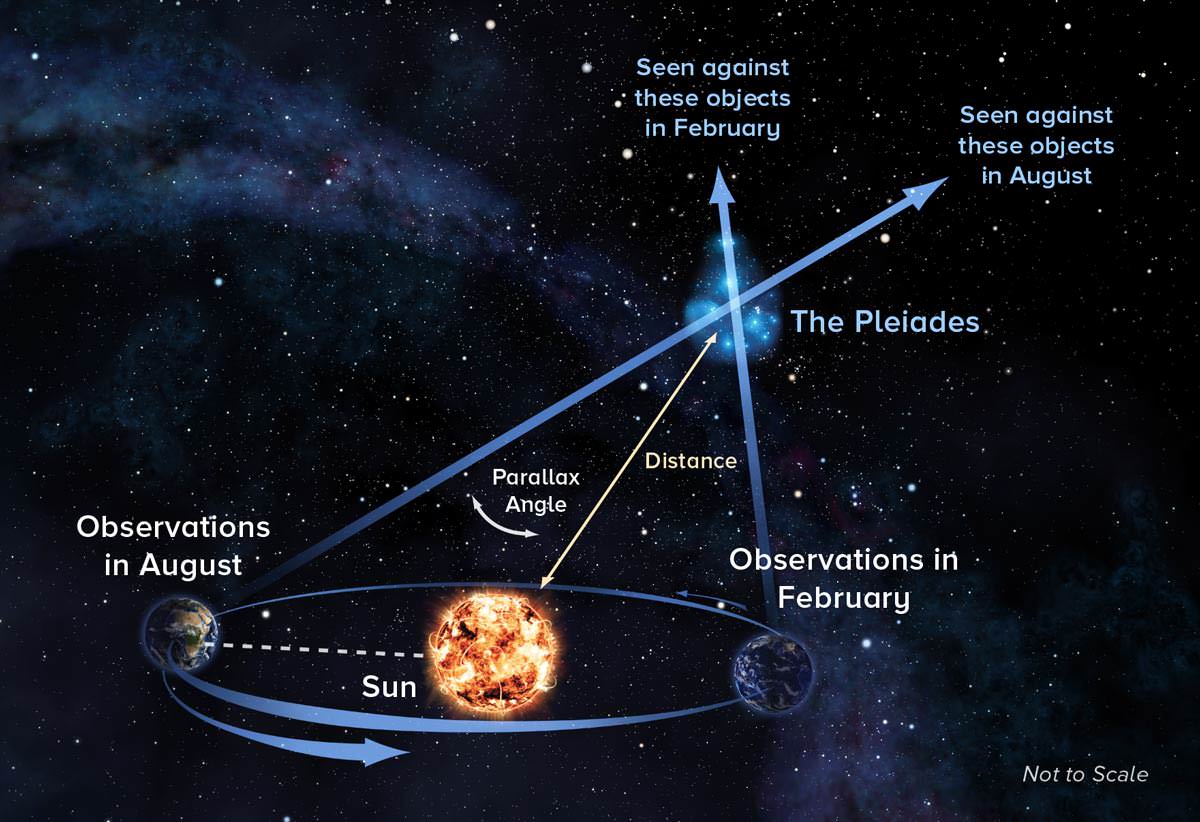In this series we are exploring the weird and wonderful world of astronomy jargon! You probably don’t know how close you are to today’s topic: parallax!
How do you measure the distance to a star? The question frustrated astronomers for centuries. The stars are obviously far away, but beyond that…it’s tough.
Thankfully, there’s a trick. And you can do it at home.
Hold your finger up to your nose. Close an eye. Note the position of your finger relative to something far away, in the background. Now switch eyes. If you did it right, your finger should appear to wiggle relative to that same background.
Now hold your finger at arm’s length. Repeat the exercise. Your finger probably still wiggled, but hopefully by only a little bit.
Now look at something far away. Do the same eye-switching game. You probably don’t see any wiggling at all.
This is parallax: the apparent change in position of an object when viewed from different perspectives. If you know the distance between the two vantage points (say, the distance between your eyes), you can measure the angle of the wiggle and use some high school trigonometry to calculate the distance to the object.
Tycho Brahe famously used parallax to argue against the heliocentric model of the universe in the late 1500’s. If the sun were at the center of the solar system, and the Earth orbited around it, then the stars should appear to shift back and forth over the course of the year from our different vantage points in our orbit. He didn’t see squat, and so the Earth was at the center (and hence no parallax).

Too bad Brahe didn’t have a telescope. The stars are so far away that you need some high-powered optics to observe parallax. It wasn’t until 1838 when German astronomer Friedrich Bessel successfully measured the parallax to a star: 61 Cygni, about 10 light-years away (he also coined the term light-year, but that’s a different jargon term).
Parallax is still the foundation of distance measures. Most lately, the Gaia satellite has released parallax distances to over a billion stars.
That’s a lot of wiggling.

